Studies in Early Buddhist Architecture of India
The present book is an unorthodox approach to the study of early Buddhist architecture in India, and the author has marshaled the archaeological evidence to prove his two-fold thesis. Firstly, how and why the Buddhist adopted different types of building-plans, e.g. elliptical, circular and apsidal in the different period of their history. Secondly, how the Buddhist architecture was influenced and conditioned by the doctrines adopted by the Buddhist sects and sub -sect. Thus, the author has not merely shown a development within the Buddhist thought, consequent to the emergence and formation of different ideological group, but also the mutation of Buddhist ideology with their architecture. In this the author has made substantial use of the material from the Buddhist sites and in particular from the excavated material from Taxila and the Nagarjunakonda. Thus, basing his studies primarily on archaeological data, the author has, with an empirical objectivity, succeeded in proving his these. The book, divided into seven chapters, each showing a new approach has another contribution to make - the recognition, for the first time, of elliptical structure. It is also for the first time that ethnological and literary data has been combined with the archaeological material to trace the development of different types of building-plans.
The author, who has been actively associated with the study of Buddhist remains in India and in particular at Nagarjunakonda, as a member of the Archaeological Survey of India, is eminently suited to critically evaluate the subject. The present book bears testimony to his acumen.
Get it now and save 10%
BECOME A MEMBER

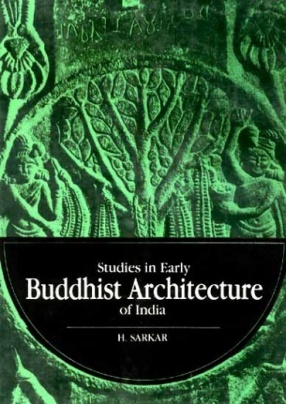

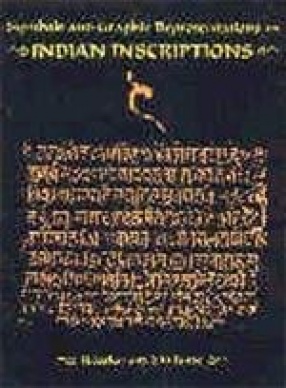
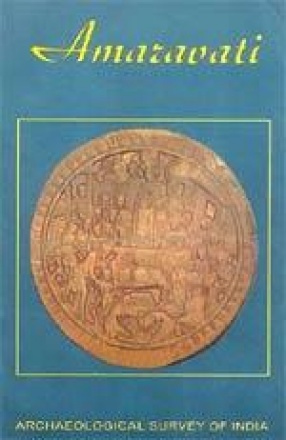
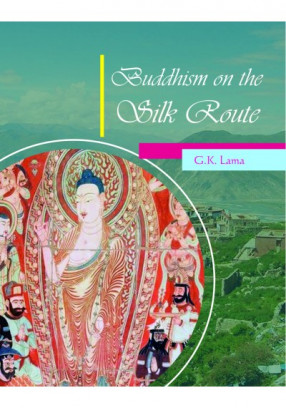
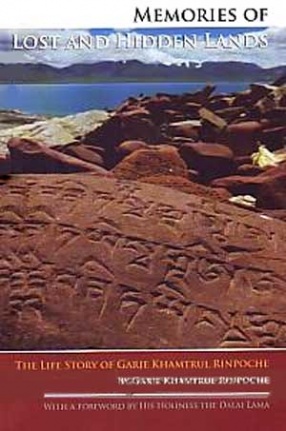
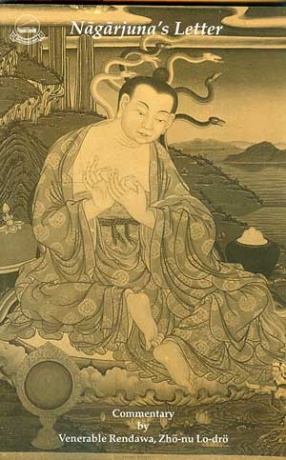
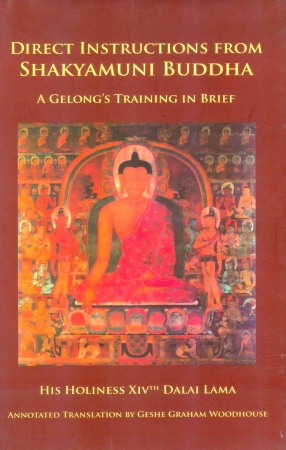

Bibliographic information